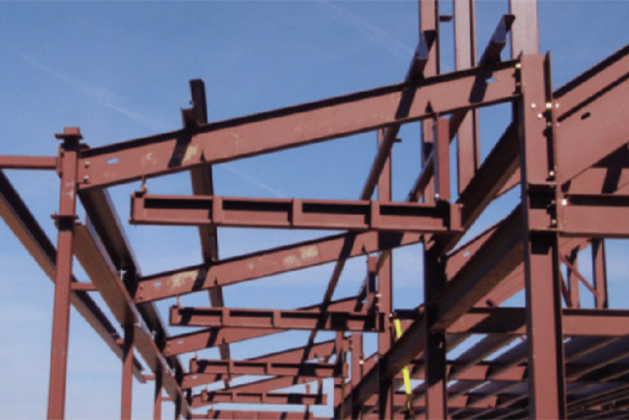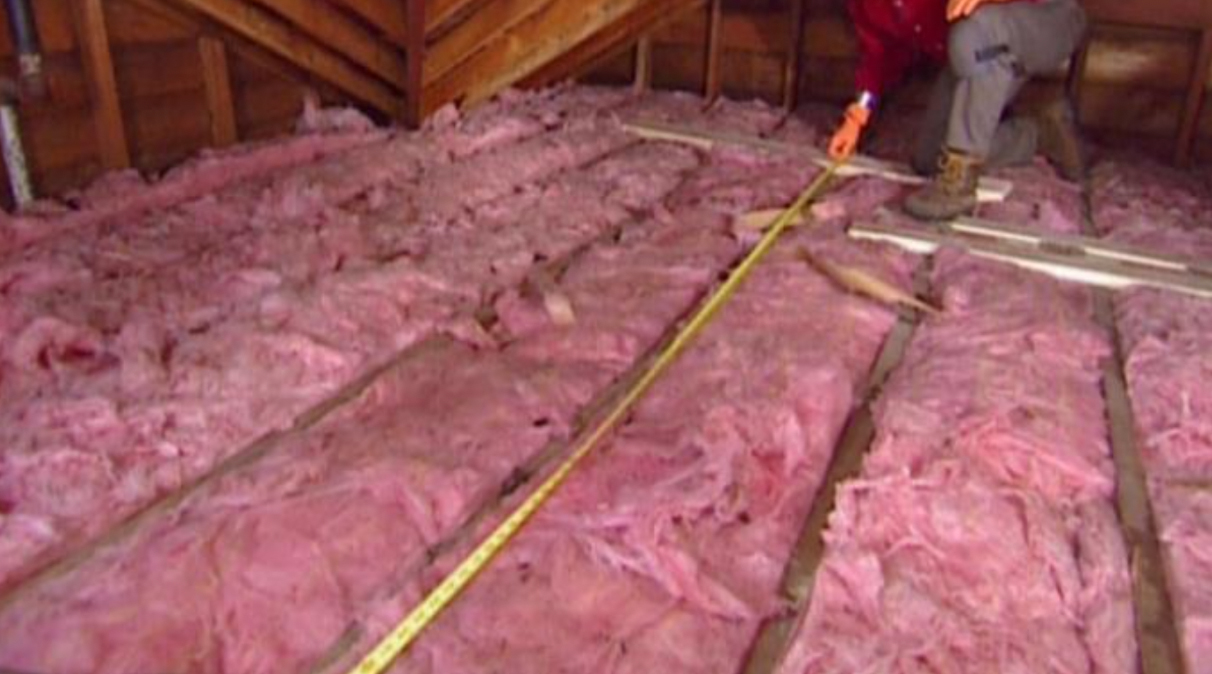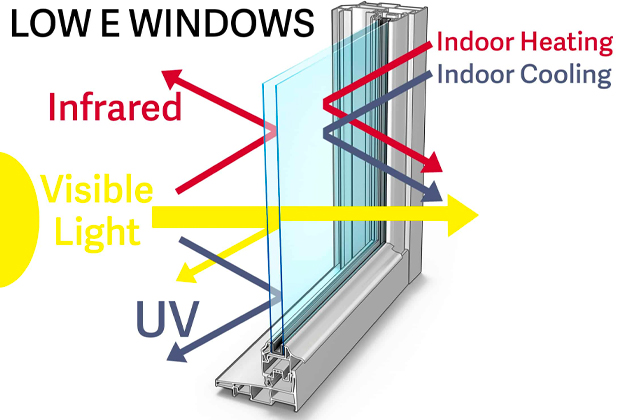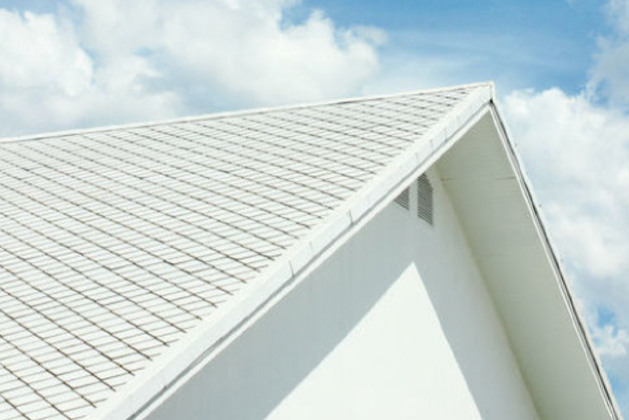Energy-Efficient Materials
Today, energy conservation and the adoption of green building concepts are becoming key priorities in architecture, whether for new construction or renovation projects. Traditional building materials often contribute to CO2 emissions during production, a significant factor in climate change. Additionally, these materials generally lack the energy-saving properties necessary for efficient heating and cooling within buildings. In contrast, energy-efficient construction materials provide a sustainable alternative, helping to create eco-friendly buildings that are not only affordable and safe but also promote healthier living environments. Below, we highlight some of the popular green materials that can support this shift toward more sustainable architecture.

Recycled Steel
The construction industry in Canada heavily relies on timber, leading to significant deforestation. As a sustainable alternative, recycled steel offers a durable and environmentally friendly solution. Steel is one of the most widely recycled materials, maintaining its strength and integrity through multiple reuse cycles. In addition to reducing the demand for virgin resources, steel framing enhances structural resilience, making it particularly suitable for regions prone to earthquakes and high winds. Its durability, recyclability, and energy efficiency make it a key material for sustainable and resilient building practices.
Insulating Concrete Forms
Insulating Concrete Forms (ICFs) are an innovative building material designed to enhance energy efficiency and structural durability. This system consists of concrete poured between two layers of rigid insulation, which remain in place to form a highly insulated and airtight structure. ICFs significantly reduce heat loss, improve thermal performance, and lower energy consumption for heating and cooling. Additionally, they offer superior soundproofing, fire resistance, and strength, making them an ideal choice for sustainable residential and commercial construction.
Thermal Insulation
Effective thermal insulation is essential for reducing energy consumption in buildings by minimizing heat transfer. Materials such as fiberglass, cellulose, and spray foam provide superior insulation when applied to floors, roofs, and walls, enhancing overall energy efficiency. By preventing heat loss in winter and heat gain in summer, these insulation solutions help maintain stable indoor temperatures, lower heating and cooling costs, and improve occupant comfort. Integrating high-quality insulation into building structures is a key strategy for sustainable and energy-efficient construction.
Low Emissive (Low-E) Windows
Low Emissive (Low-E) windows enhance energy efficiency by reducing heat transfer, helping to maintain comfortable indoor temperatures while lowering heating and cooling costs. Their specialized coatings reflect infrared heat while allowing natural light to pass through, making them more effective than standard windows. While they offer significant energy savings, their performance can vary depending on climate conditions and building design. Despite a higher initial cost, Low-E windows are a smart investment for sustainable and cost-effective construction.
Straw Bales Insulation
Straw bales offer excellent thermal insulation, reducing heat loss in winter and heat gain in summer, making buildings more energy-efficient. As a natural and renewable material, they contribute to sustainable construction while lowering energy consumption. However, proper moisture protection is essential to prevent deterioration, requiring effective sealing and vapor barriers. When properly maintained, straw bale insulation provides a cost-effective and eco-friendly alternative for energy-efficient buildings.
Cool Roof
A cool roof is designed and constructed to reflect a higher percentage of sunlight, thereby reducing the absorption of solar energy. This helps mitigate the effects of heat buildup, especially during hot summer days, contributing to energy efficiency and temperature regulation.
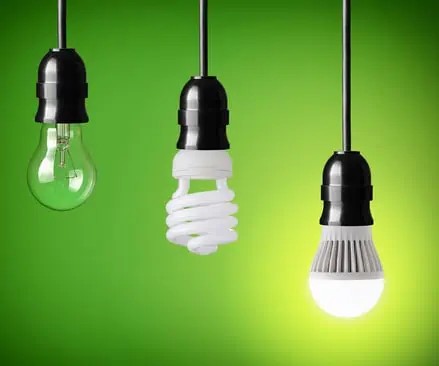
Energy-Efficient Lighting
Energy-efficient lighting solutions reduce power consumption while providing optimal illumination for homes, offices, and industrial spaces. By utilizing advanced technologies such as LED, CFL, and smart lighting systems, these solutions enhance energy savings, lower electricity bills, and contribute to a sustainable future. Discover how innovative lighting technologies improve efficiency, durability, and environmental impact.

